A marine radar is a valuable piece of equipment for any sea vessel. Over the years, its technology has also evolved to better ensure the safety of seafarers as they navigate through vast waters. But what really is a marine radar and how did this helpful piece of marine navigation equipment come to be?
In this blog, we give you a brief overview of what marine radar is, how it works, and how it has changed and advanced over time.
Early Developments in Marine Radar
The first radar dates back over 100 years back to June 1904 when a 22-year-old German engineer, Christian Huelsmeyer, demonstrated his “Telemobiloskop” or “Fernbewegungseher” to technical representatives at a nautical conference in Rotterdam. It was designed to be a “Marine Anti-Collision Device” with technical innovations beyond its time. Unfortunately its benefits and cutting-edge potential were not fully recognised by his audience and Huelsmeyer was unable to translate his creation into a marketable application.
It was only in 1942 during World War II that radar technology progressed, as U.S. and British commercial vessels needed it to improve the safety of navigation and detect enemy ships while at sea.
At the time, they used Relative Motion radar technology which required navigators to plot other ships with a pen on the Plan Position Indicator’s (PPI) display or a plotting screen. This technology was primitive compared to radar technology today: while the coil and radar signals could detect surrounding objects, it would not be able to differentiate if these were foreign ships, lighthouses, buoys, or simply just sea clutter.
As years passed, True Motion radar technology was developed, which was designed to display other ships as targets instead of relative to their own ship. This was done by integrating computer intelligence into the device to improve its logic capacity, allowing marine radars to better identify and categorise surrounding objects.
Swedish shipping company Salenrederierna was the first company to buy Raytheon’s True Motion radar in 1968 and install it in the tanker Sea Sovereign, making the Sea Sovereign the first marine ship with an onboard process computer. While Raytheon’s radar was equipped with various servo motors and receivers as part of its analogue computer setup, it still required a trained seafarer to operate it while making manual adjustments for maximum efficiency.
What is the Modern-Day Marine Radar and How does it work?
Today’s marine radar is a mandatory navigation aid in ships to identify and track the positioning of other vessels and land obstacles to avoid collisions as they go from one point to another. It is classified under the X-band or S-band frequencies.
X-band radars operate on the 8-12 GHz frequency range within the microwave radio region of the electromagnetic spectrum, and are often used for ship traffic control and navigation. They are also typically installed in most large research vessels and offshore installations as they have sharper images and better resolution.
S-band radars, on the other hand, operate on the 2-4 GHz frequency range of and are mainly used for identification and tracking.
Marine radar uses a rotating antenna to sweep a narrow beam of microwaves around the water surface surrounding the ship to the horizon. The microwaves detect targets reflected from them and the radar generates a picture of the vessel’s surroundings on a display screen.
Generally, the radar gives a rough estimate of an object’s distance. This enables the vessel to know how far they are from other ships and land obstacles to prevent collision and ensure safe navigation while on water.
Find Top-of-the-Line Marine Radars for Sale at Tecomart
When buying marine radars today, it’s important to keep in mind that they are rarely used alone. Other navigation displays such as GPS, ship positioning, and sonar display are often displayed alongside radar using multifunction displays.
For commercial ships, marine radars may be integrated into a full suite of marine instruments including GPS chart plotters, two-way marine radio, sonar, satellite navigation receivers, and emergency locators. Innovations in radar and digital communication technology have enabled these devices to better exchange data with one another, providing crew with a comprehensive view of the surroundings to properly manoeuvre the ship.
Harbour masters and coast guards are also equipped with vessel-based marine radars and vessel traffic service radar systems to better manage vehicle movement in ports or at sea.
If you’re looking for high-quality marine radars for sale online, you can trust Tecomart. We provide marine communication and navigation technology from trusted brands to ensure you get reliable equipment when you go out into the waters. In our shop, you can find reputable brands such as JRC, ICOM, SIMRAD, Raymarine, and more.
If you want to know more about our products and services, don’t hesitate to contact us today.

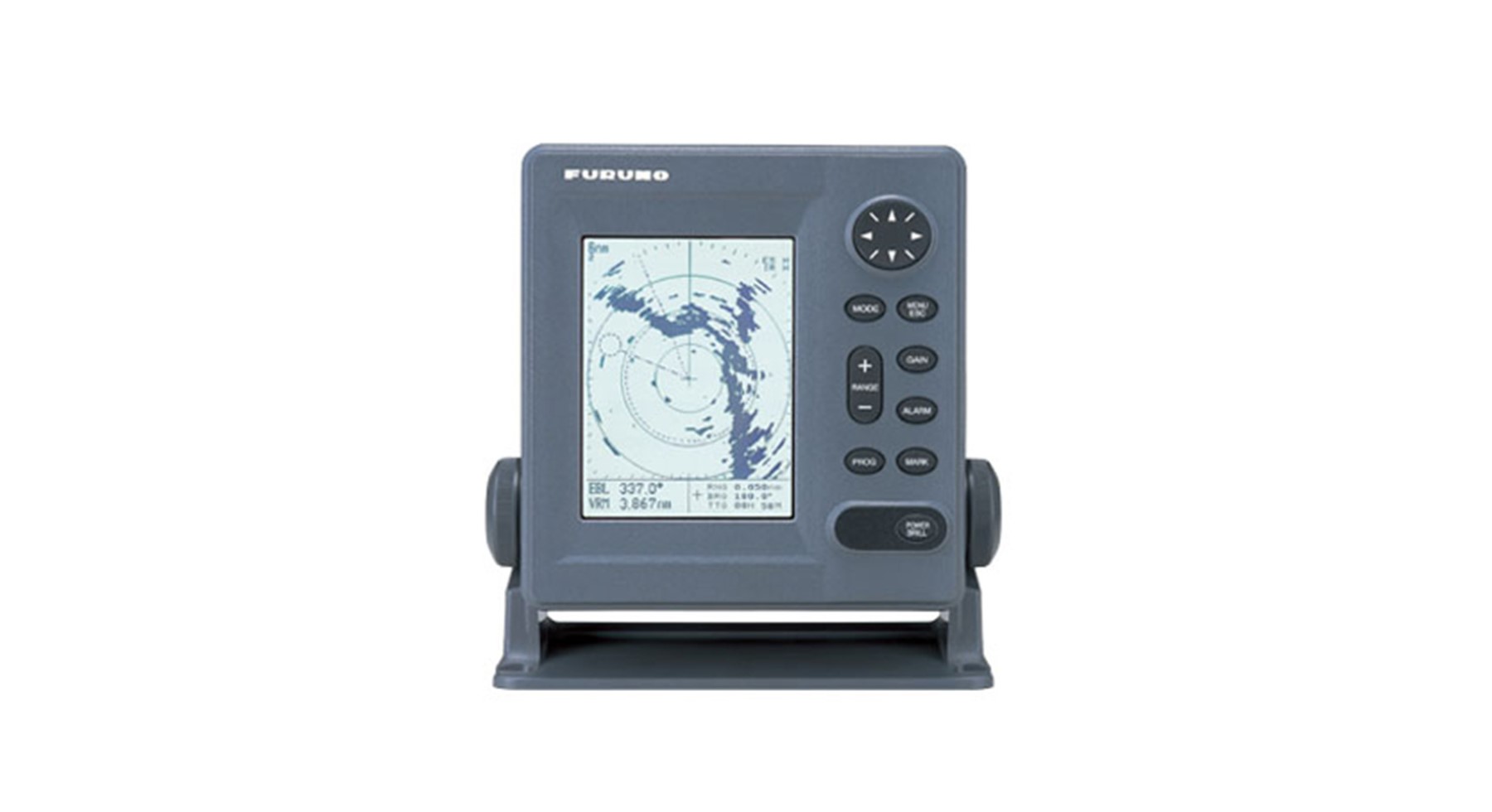
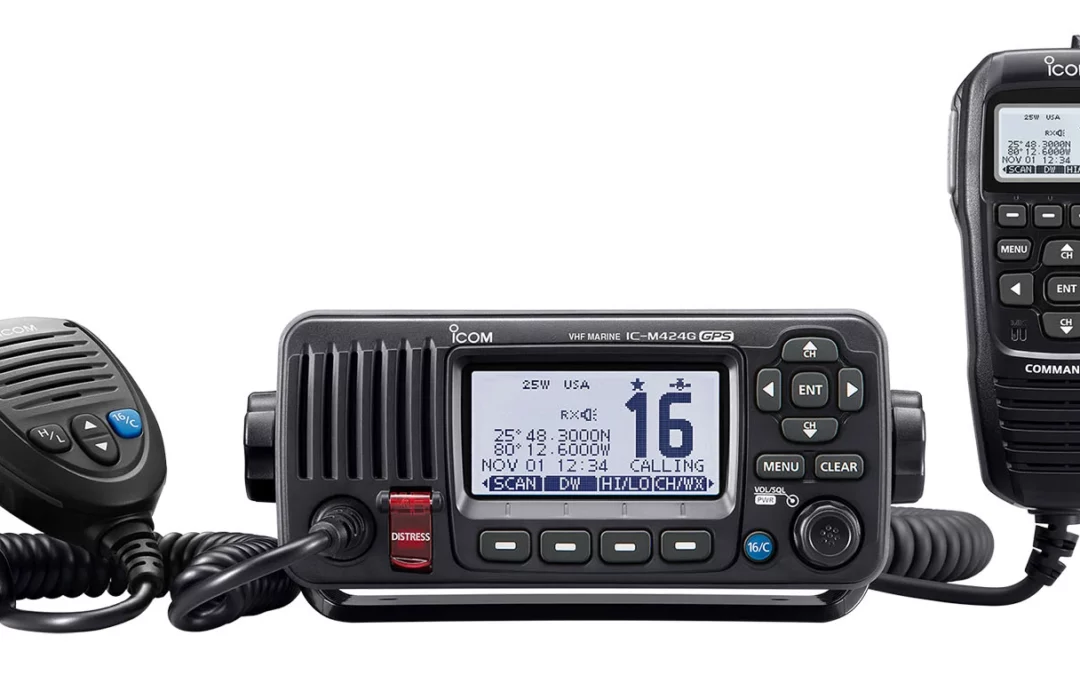
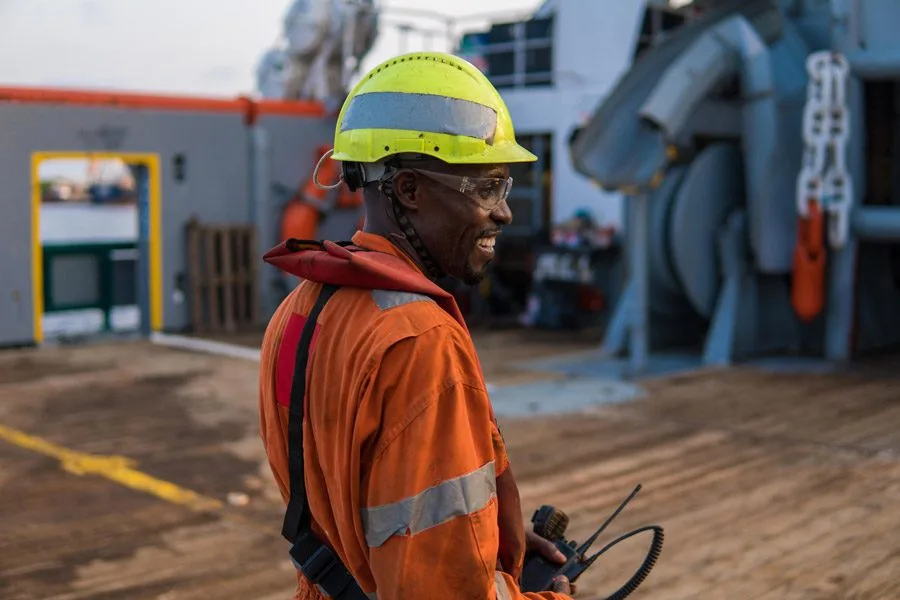
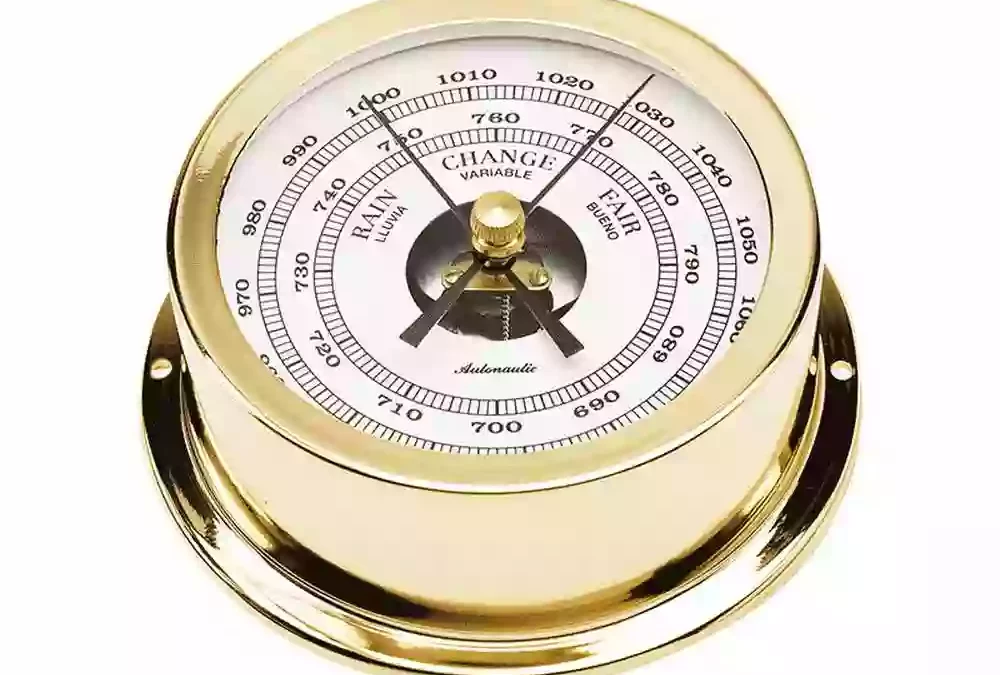
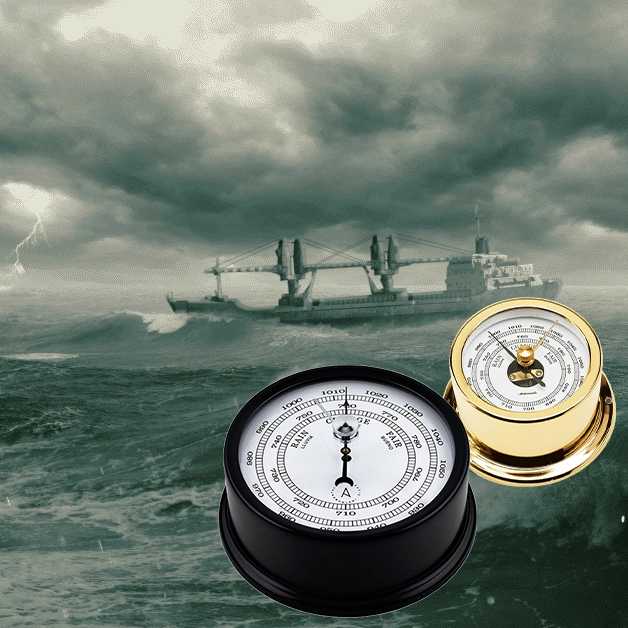
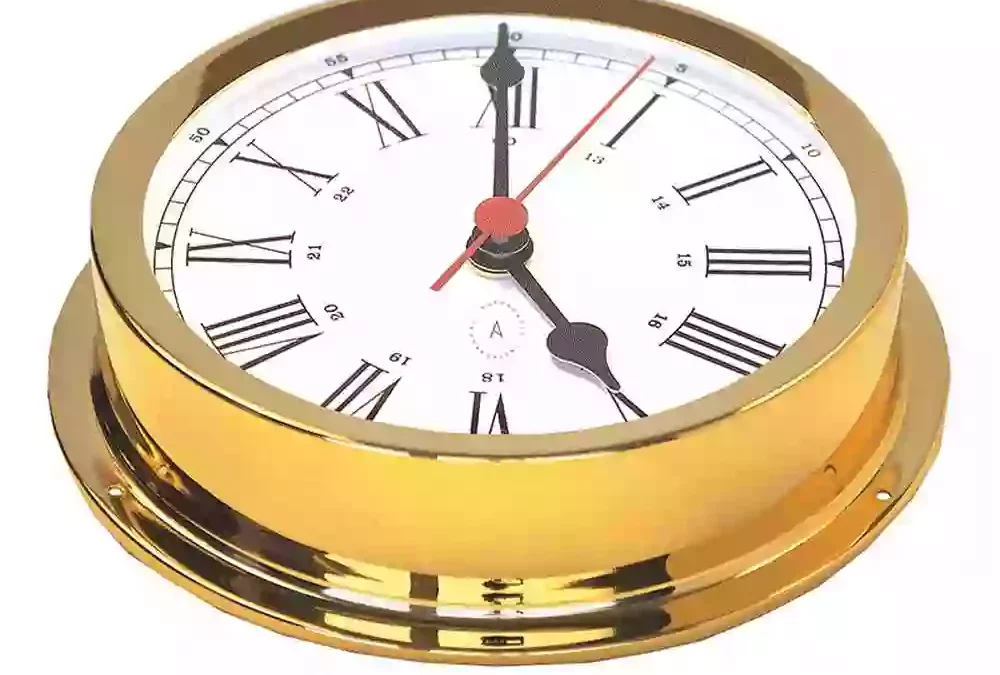
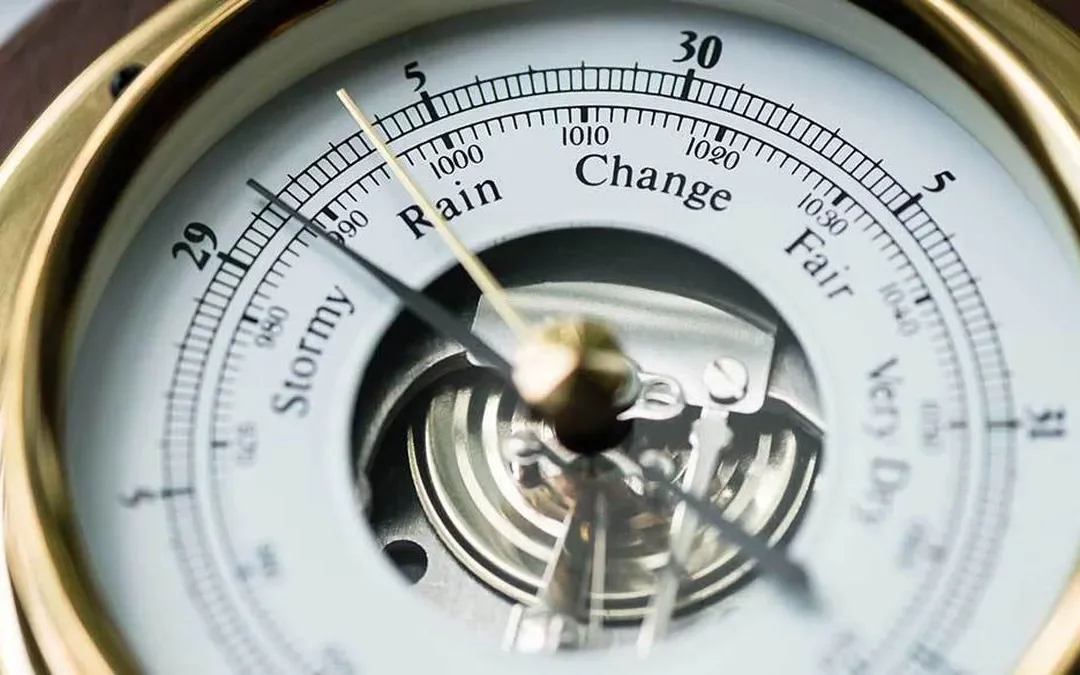
0 Comments